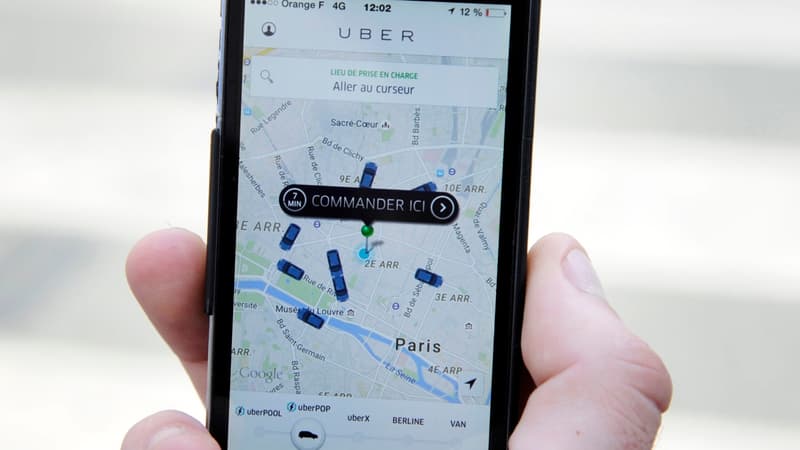Give children autonomy while reassuring their parents. This Wednesday, October 30, Uber will launch its Uber service for teenagers in France, a service that is already available in several countries, including the United States. It will allow children ages 13 to 17 to request a ride and travel independently with the app.
While parents spend an average of two hours a week dropping off or picking up their children, according to a study carried out by Uber, the company wants to make their lives easier with this service. This service will not only allow them to have more time for themselves, but they will also be able to supervise their children’s movements.
Safe travels
To use Uber for teens, parents will only have to invite their children to create a specialized account through their family profile, allowing them to travel independently.
Uber ensures that young people between 13 and 17 years old will be able to make these trips in complete safety thanks to new functions. To start, when a child requests a trip, their parents will be informed and will be able to follow their trip live. They will also see the driver’s name, vehicle information, and the requested destination.
The “PIN Code Verification” feature is intended to ensure that the teen gets into the correct vehicle. Specifically, “you will have a PIN code on your phone that you must give to the driver before starting the race,” explained Manon Guignard, head of communications for Uber France, to BFMTV. That is, the driver will not be able to start the trip without this code.
Parents will also be able to contact the driver at any time during their child’s trip. And, should the ride veer off course, stop unexpectedly, or end prematurely, the app will detect it using sensors and GPS data and send a message to the teen and driver to make sure they’re okay.
Uber for Teens will be available in 13 French cities, including Paris, Bordeaux and Nice. It remains to be seen whether many parents will use this service. While some see it positively, others are not convinced.
Children see this service as a way to guarantee their safety when traveling while avoiding taking “crowded public transport.”
Source: BFM TV


